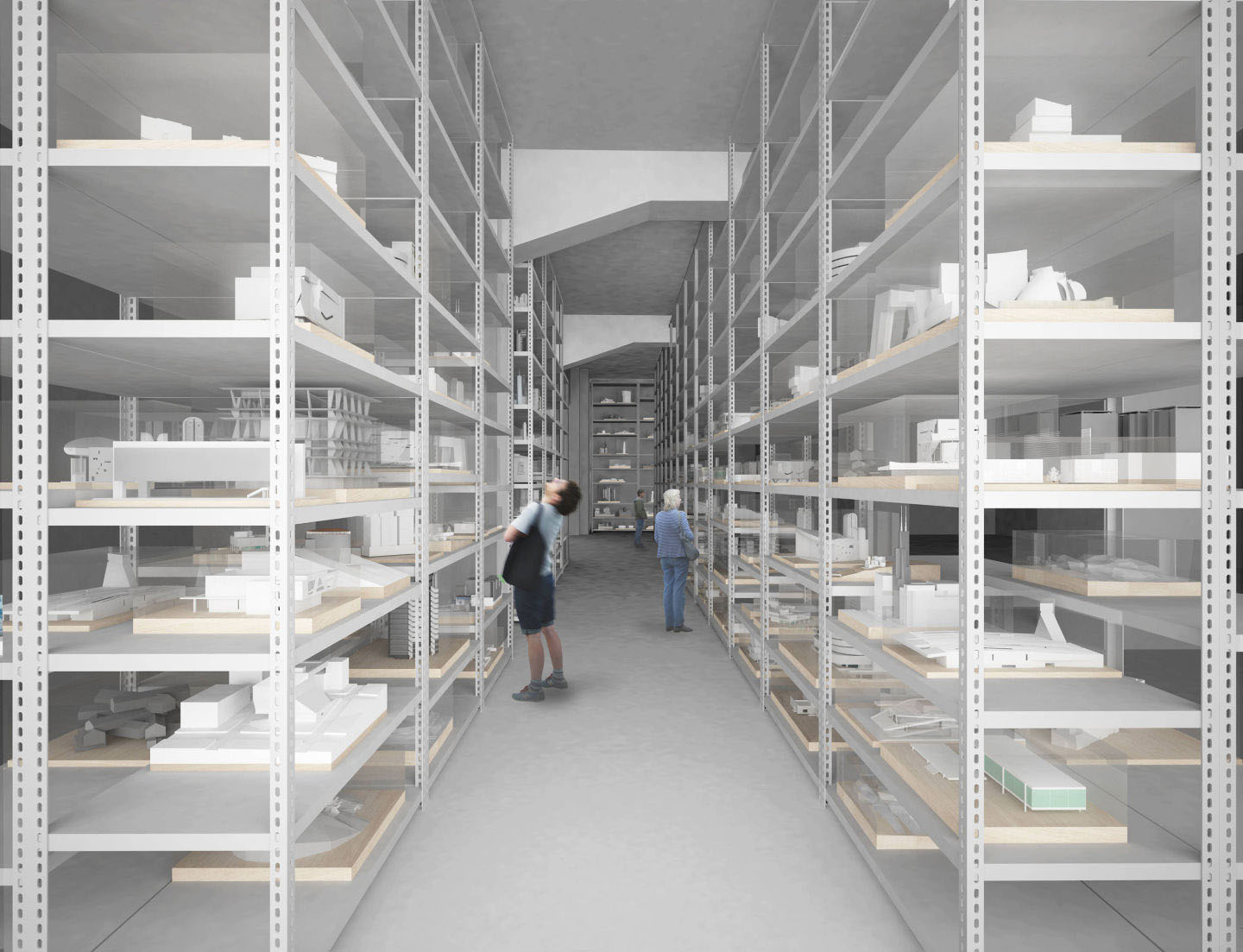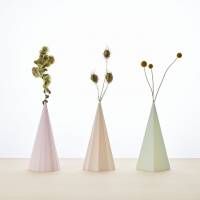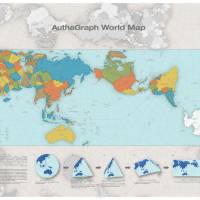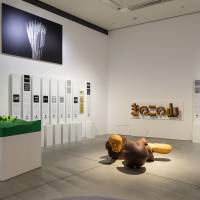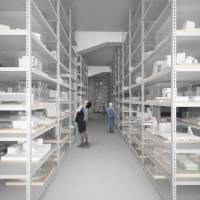Tokyo Design Week has kicked in, with its first session ending on Oct. 31 and its second session running Nov. 2 to 7. But if the innovative products, architecture and robotics in Meiji Jingu Gaien are not enough to satiate your design curiosity, there are several free exhibitions in the city that are worth dashing to before they end in the next few days.
Japan's cosmetic powerhouse Shiseido is hosting its second "Link of Life Exhibition" at Hanatsubaki Hall in Ginza (until Nov. 3) and at Shiseido The Ginza (to Nov. 15), with the theme this year being "Aging? Future!" Shiseido has described this annual event as an "experiment in design" and it involves artists, scientists, researchers and corporations working together to produce unusual concepts that encourage us to re-think our ideas of beauty, art and products. Exhibits this year highlight the slow life and aging gracefully, and include a soothing vibrating tatami mat, dance choreography incorporating the aroma of fresh coffee, and a clock that slows down when you look at yourself in a compact mirror.
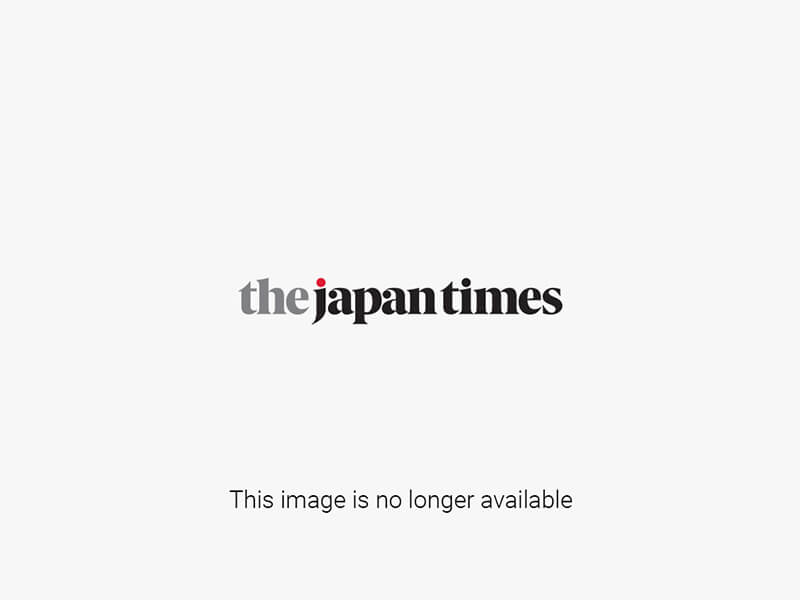
"Paper Attraction" at Living Motif in the Roppongi Axis Building until Nov. 6 explores the flexibility of paper as a material with colorful contributions from artists working in various fields. Well-known design names include Haruka Misawa, who recently garnered much attention for her waterscape fish-tank project; jewelry maker Akiko Oue; and architect/interior brand Torafu Architects. Exhibits go beyond the 2-D, with origami-like toys, games and ornaments, and an array of quirky stationery.
[video_embed number="1"]
Torafu Architects, known for clever and playful designs, also has a solo show at Roppongi's Toto Gallery Ma until Dec. 11. "Inside Out" brings together a selection of the brand's architectural models and products to create a diorama through which brightly colored children's wooden blocks travel via a miniature train track. Also on display are a number of Torafu Architect's iconic designs, including an artistic ceiling display of its paper vases.
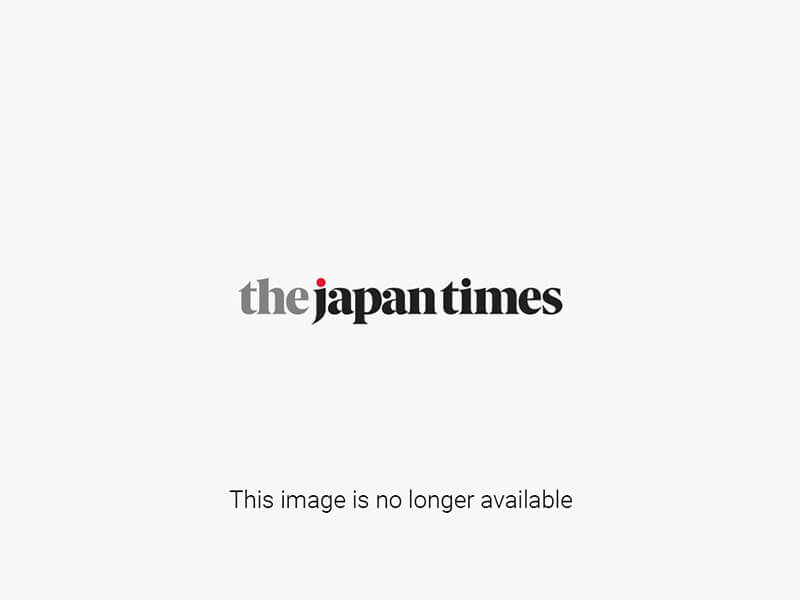
If you're looking for a more comprehensive overview of design, the "Good Design Award 2016" exhibition — at Tokyo Midtown in Roppongi and the Hikarie Building in Shibuya — is presenting all the winners of its 2016 awards until Nov. 3. That's well over 1,200 exhibits, covering everything from stationery and kitchen utensils to personal electronics and vehicles.
The Good Design Award has always focused on functionality and the ability of design to bring about change, rather than pure aesthetics, so the range here is eclectic. It also brings to the fore some concepts that are often overlooked, such as Dentsu Inc. and Nosigner's easy-to-follow disaster preparedness manual, and Narukawa Laboratory and AuthaGraph's ingenious re-invention of world-map cartography, which won the 2016 Good Design Grand Award.
The exhibits at the Hikarie Building in Shibuya are free to see, though for the main venue in Tokyo Midtown, there's a ¥1,000 entry fee (¥500 via the website), which allows re-entry for the duration of the exhibition.
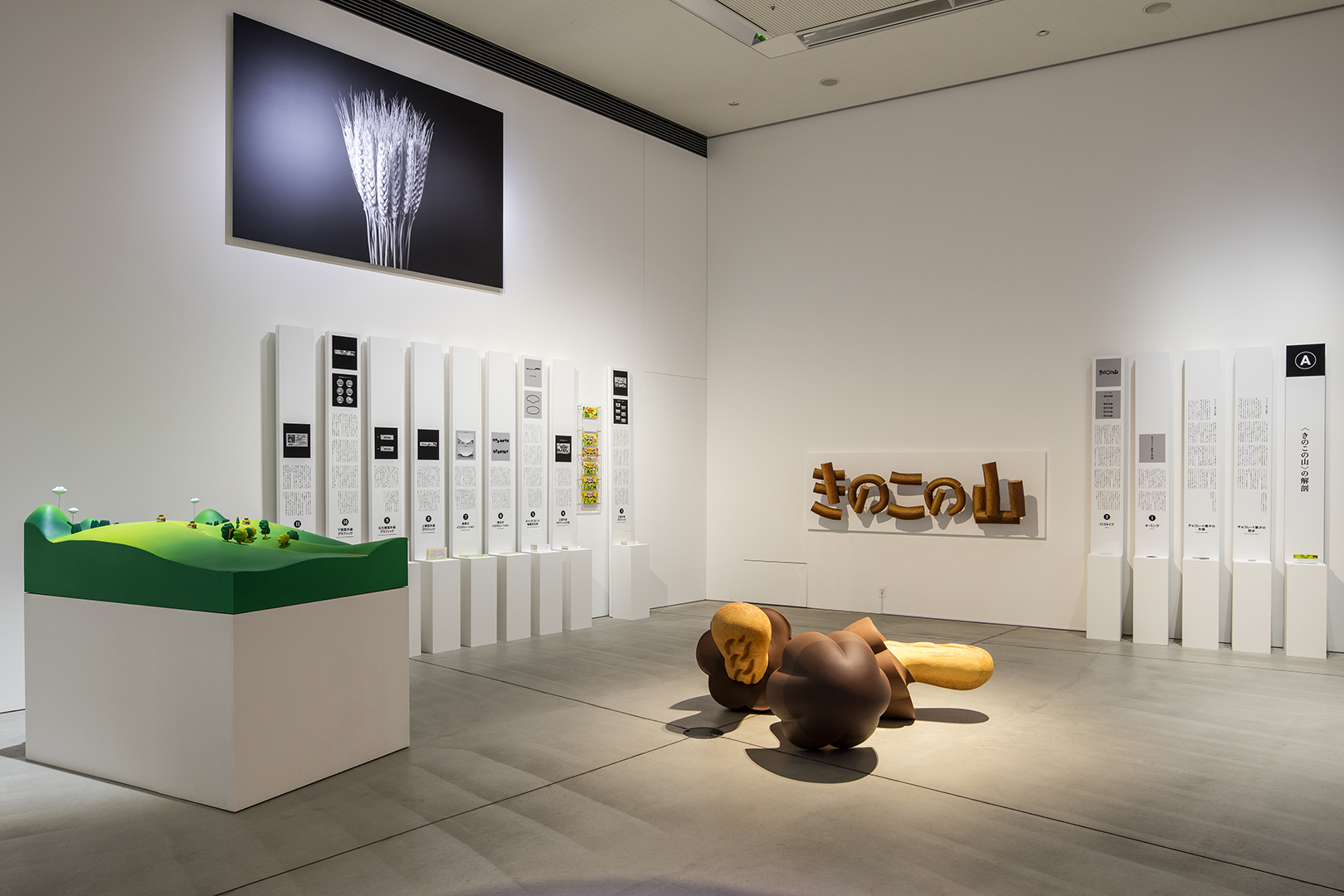
For design fans hoping to catch something in the future and willing to pay a little extra, Design Sight 21_21's "Design Anatomy: A method for Seeing the World through Familiar Objects" (entry ¥1,100) runs until Jan. 22 next year. Drawn from graphic designer Taku Satoh's "Design Anatomy" project, which he has been working on for 15 years, the past 11 with his students at Musashino Art University, this exhibition analytically "dissects" five Meiji food products.
The process involves looking into the history, market, packaging, quality control, title and graphic-design development, and even the ingredients of items on display, offering intensely detailed insights into foods we often take for granted. Included in the lineup are Kinako no Yama, those mushroom-shaped chocolate biscuits, and Meiji's milk chocolate bars.
Last June, Archi-Depot, Japan's first museum dedicated to architectural models, opened on Tennoz Isle in Shinagawa. At close to 450 sq. meters, Archi-Depot houses over 100 storage shelves, each filled with models by Japan-based architectural firms. You'll find structures by Kengo Kuma, Shigeru Ban, Atsushi Kitagawa, Tadao Ando and many other major names, and detailed models of familiar buildings, such as Tokyo Skytree.
Exhibits are also labeled with QR codes that visitors can scan to access more information, including blueprints and photographs, via a special website.
For ¥1,000 entry, it's a great opportunity for architecture fans to see the scope of architectural practice in Japan, including plans for private residences, not to mention examine various uncommissioned works, such as competition proposals for Tokyo's new National Stadium.



